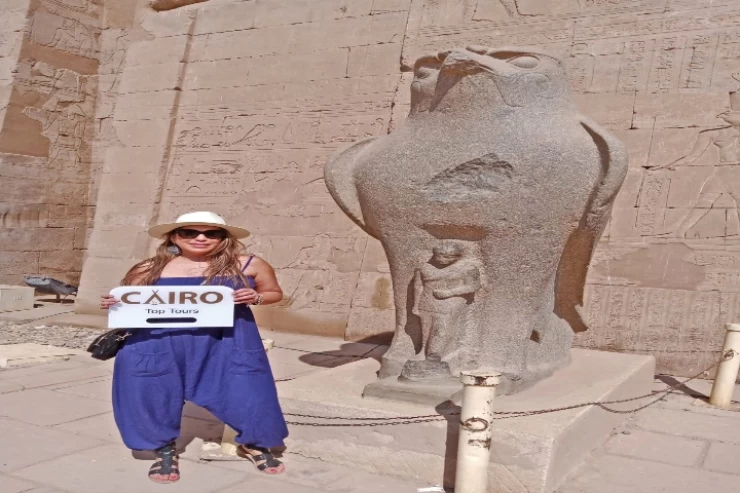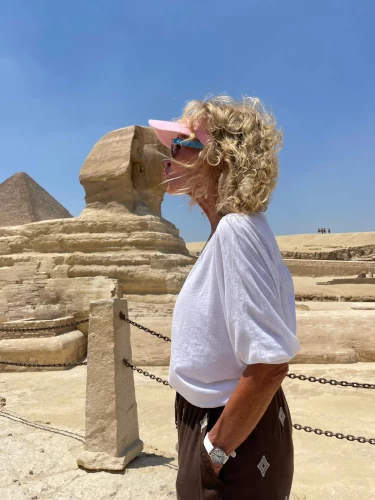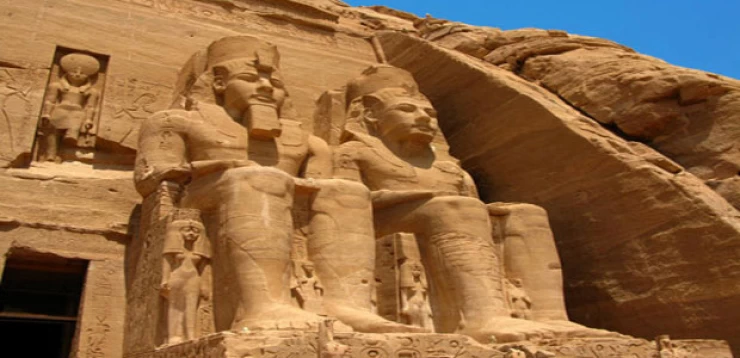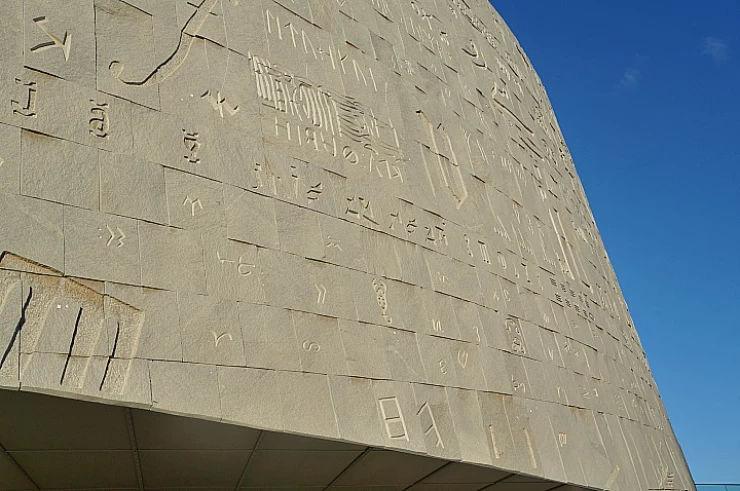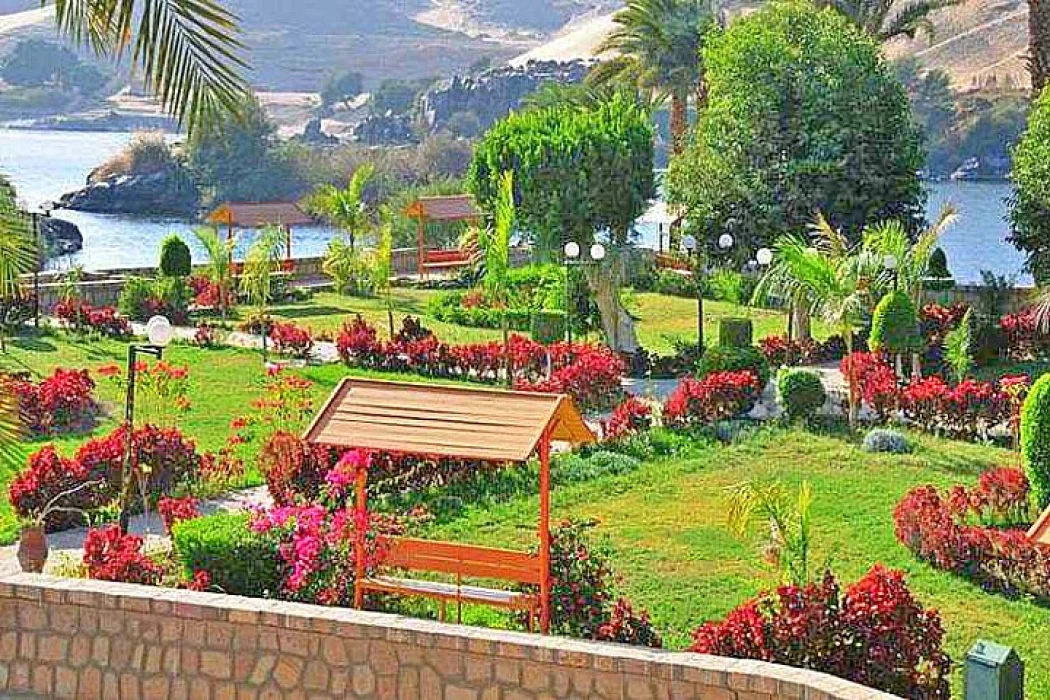
Aswan Botanical Gardens| El Nabatat Island in Aswan
Aswan Botanical Gardens
In Aswan, Egypt, there is a small island in the Nile called El Nabatat Island, also known as Kitchener's Island. Both its length and width are less than one kilometer and one-half kilometer, respectively. Positioned on the island is the Aswan Botanical Garden.
Aswan Botanical Gardens (El Nabatat Island in Arabic) is an important landmark of the Aswan Governorate and one of the best parks to visit in the governorate, especially during periods of season and holidays in Egypt. The botanical garden is located in the city of Aswan and is surrounded by the waters of the Nile from all sides. The botanical garden includes the rarest types of plants in the world.
Aswan Botanical Gardens | El Nabatat Island: An Oasis Lush in the Heart of the Nile
Located on El Nabatat Island, a short distance from Aswan's city center by boat, the Aswan Botanical Gardens are a beautiful and quiet retreat from Egypt's desert scenery. This is the very garden that is a true oasis in the Nile, where visitors are found with an invitation to spend hours relaxing in greeting with exotic plants, vibrant flowers, and tall palm trees. The gardens are truly an invitation to get close to nature while experiencing the gift of the island's lush greenery and the vastness of the Nile River stretching along the horizon.
The Botanical Garden area is approximately 18 acres and includes the most important rare tropical trees. The maximum length of the Botanical Garden is 700 meters, and the maximum width is 115 meters, and the Botanical Garden is oval-shaped inside the Nile River. It includes about 720 species of rare plants and tropical and subtropical perennials.
El Nabatat Island in Aswan
The garden site is unique worldwide, and 3 beautiful elements are gathered there that are not found anywhere else in the world, which is its view of the western mountain rich in ancient Egyptian antiquities, which begins with the noble's tombs in the north and ends in the Aga Khan Cemetery in the south with a height of 50 meters above the surface of the water and a length of 1.5 km directly on the Nile.
Mausoleum of Aga Khan
The Aga Khan III and Begum Om Habibeh Aga Khan's residence, the Prince Sadruddin Aga Khan House, is visible from the mausoleum, which is perched atop a hill along the west bank of the Nile. Hassan Fathy, an Egyptian architect, created the villa, which served as Aga Khan III's winter residence. Aga Khan III's will specified that he would be buried close to the villa two years after his passing.
Hassan Fathy (23 March 1900 - 30 November 1989) was an Egyptian architect who dedicated his work to restoring the use of adobe and the designs and layouts of traditional buildings in contrast to the Western ones. In addition, he was an Egyptian pioneer who led the right technology for construction in Egypt.
The garden began as a home to some Nubians who were engaged in agriculture by planting green fodder in it on two single legs, then Lord Kitchener, who owned Kitchener's Island, took it as its headquarters and was a military base during the English occupation, and after the end of the occupation, it turned into a public park and was called a botanical garden.







